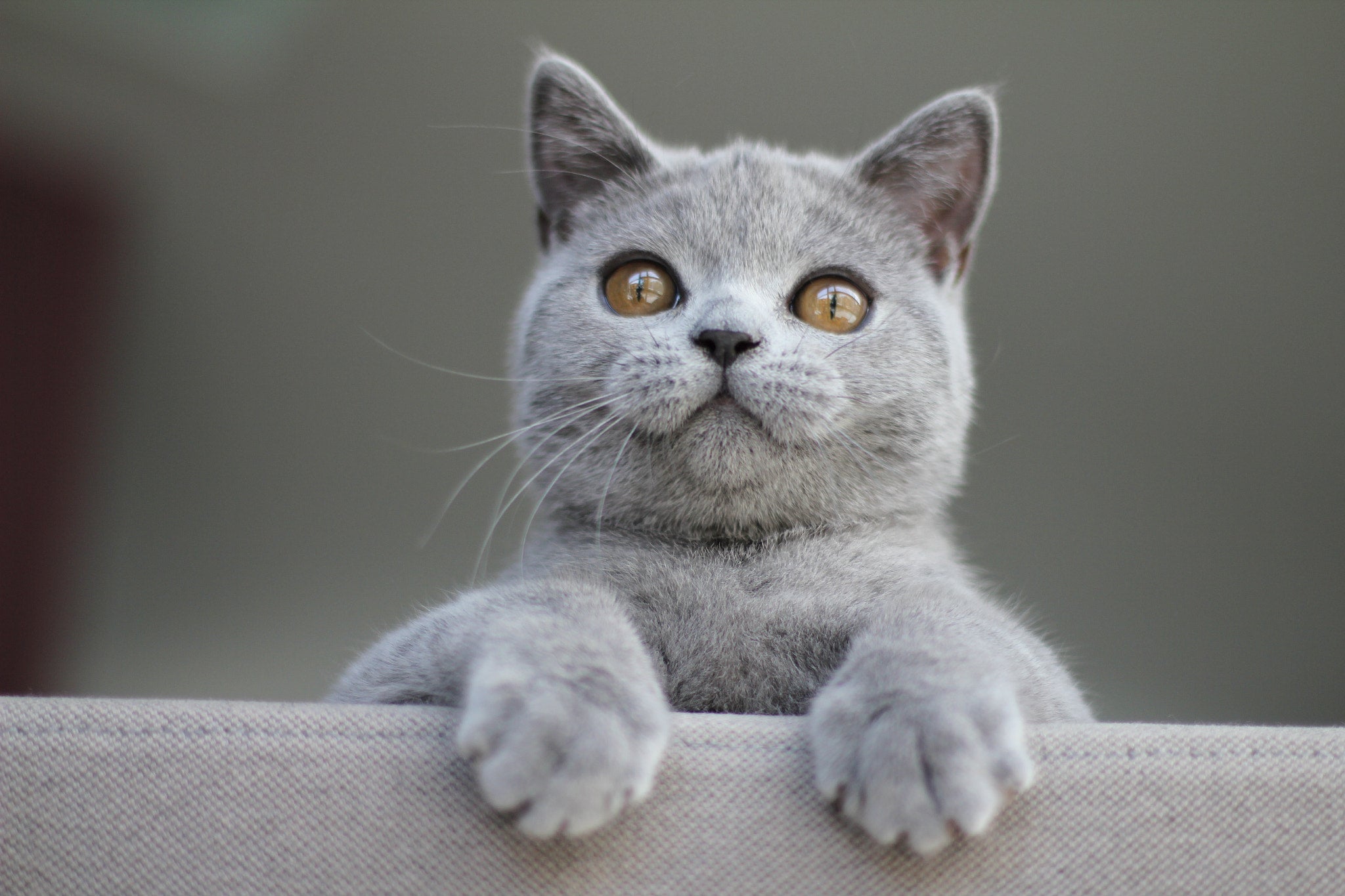
The Art of Feline Friendship: Best Practices for a Happy and Healthy Cat
Jul 16 , 2025
Cats have captivated humans for millennia with their enigmatic grace and independent spirit. While they may project an air of self-sufficiency, our feline friends thrive on routine, a stimulating environment, and a deep, respectful bond with their caretakers. Mastering the art of feline friendship means understanding their unique needs. Here are the best practices for ensuring your cat is happy, healthy, and content.
1. The Environment is Everything

A cat's territory is its kingdom. Creating a safe, enriching environment is the foundation of good cat care.
-
Litter Box Logistics: The golden rule is one litter box per cat, plus one extra. Keep them scrupulously clean—scooping at least once daily. Location is key: place boxes in quiet, low-traffic areas away from their food and water stations to respect their natural instincts.
-
Embrace Vertical Space: Cats are natural climbers. It gives them a sense of security and a vantage point to survey their domain. Invest in cat trees, wall-mounted shelves, or sturdy window perches. This vertical world is essential for their mental well-being.
-
Provide Scratching Outlets: Scratching is a natural and necessary feline behavior for nail health, stretching, and territorial marking. Offer a variety of scratching surfaces, such as sisal rope posts, cardboard pads, and carpeted scratchers, in both vertical and horizontal orientations.
-
Create Safe Havens: Every cat needs a quiet, secure place to retreat. This could be a covered "cube" bed, a cozy blanket in a closet, or even a designated cardboard box. Respect their alone time when they are in their safe space.
2. Nutrition and Hydration

Your cat's health is directly linked to what it eats and drinks.
-
High-Quality Diet: Cats are obligate carnivores, meaning their diet must consist of animal-based protein. Choose a high-quality commercial cat food (wet, dry, or a combination) that is appropriate for your cat's age, weight, and health status. Always consult your veterinarian for dietary recommendations.
-
Encourage Hydration: Fresh, clean water must always be available. Many cats are instinctively drawn to moving water, so a pet water fountain can be a fantastic way to encourage drinking and help prevent common urinary tract issues.
3. Proactive Health and Wellness
Preventative care is the best way to ensure a long and healthy life for your cat.
-
Veterinary Partnership: Regular annual check-ups are vital for vaccinations, parasite control (fleas, worms), and early detection of illness. Spaying or neutering is one of the most important health decisions you can make for your cat, preventing certain cancers and unwanted behaviors.
-
Grooming and Dental Care: While cats are meticulous groomers, regular brushing helps reduce hairballs, prevents matting in long-haired breeds, and strengthens your bond. Feline dental disease is incredibly common; talk to your vet about dental diets, treats, and the possibility of brushing your cat's teeth at home.
4. Enrichment and Play
A bored cat is an unhappy cat. Mental and physical stimulation are not optional.
-
Interactive Play: Dedicate at least 15-20 minutes daily to interactive play. Use feather wands, toy mice, or laser pointers (always end a laser session by landing the dot on a physical toy they can "catch") to simulate hunting. This satisfies their predatory drive and burns off excess energy.
-
Puzzle Feeders: Ditch the simple food bowl. Puzzle feeders and food-dispensing toys engage your cat's brain, making mealtime a fun challenge and preventing them from eating too quickly.
Building a strong relationship with your cat is a journey of understanding and respect. By providing for their instinctual needs, you are not just caring for a pet; you are cultivating a beautiful feline friendship.
